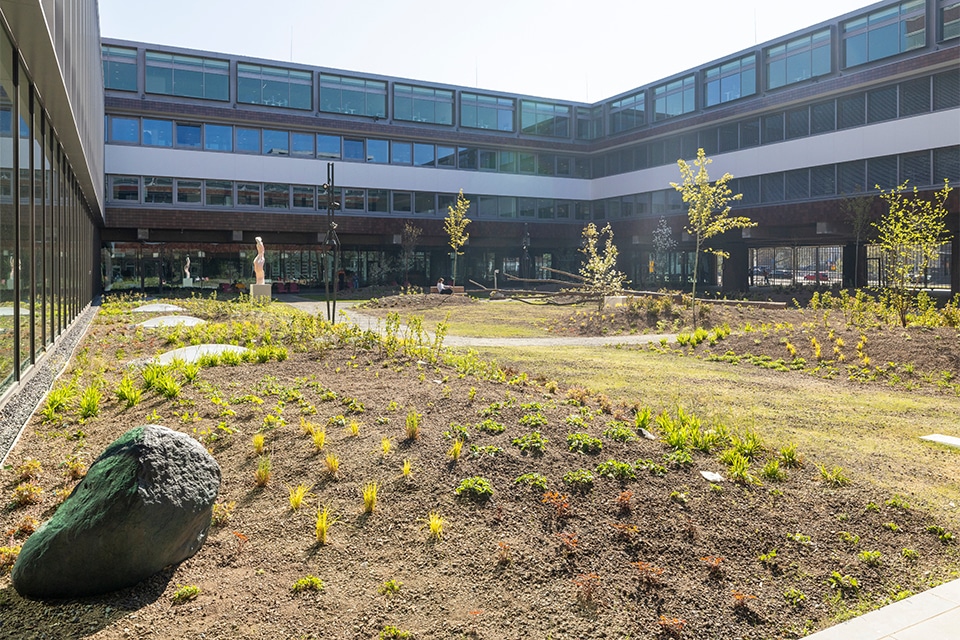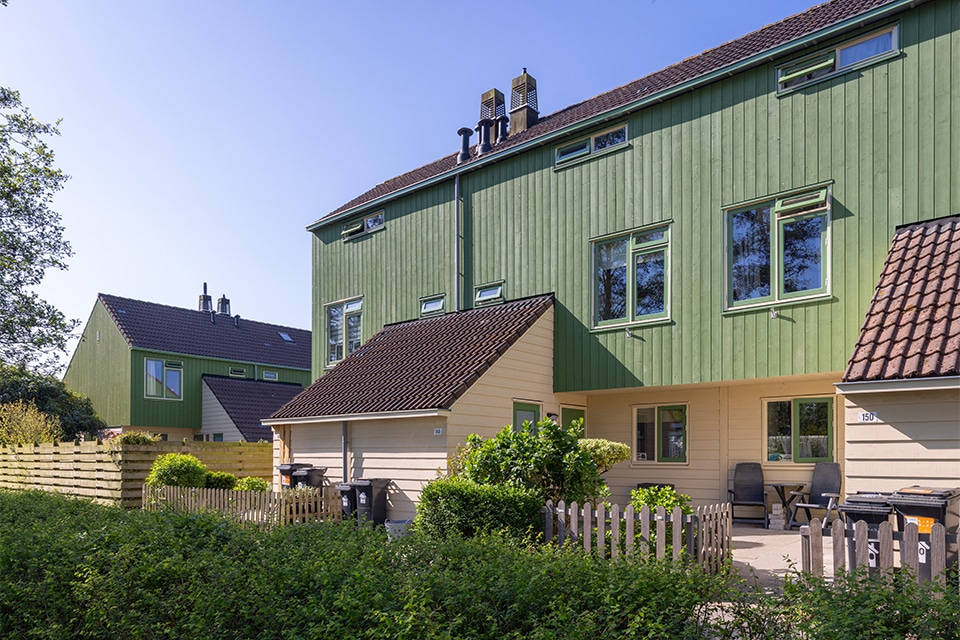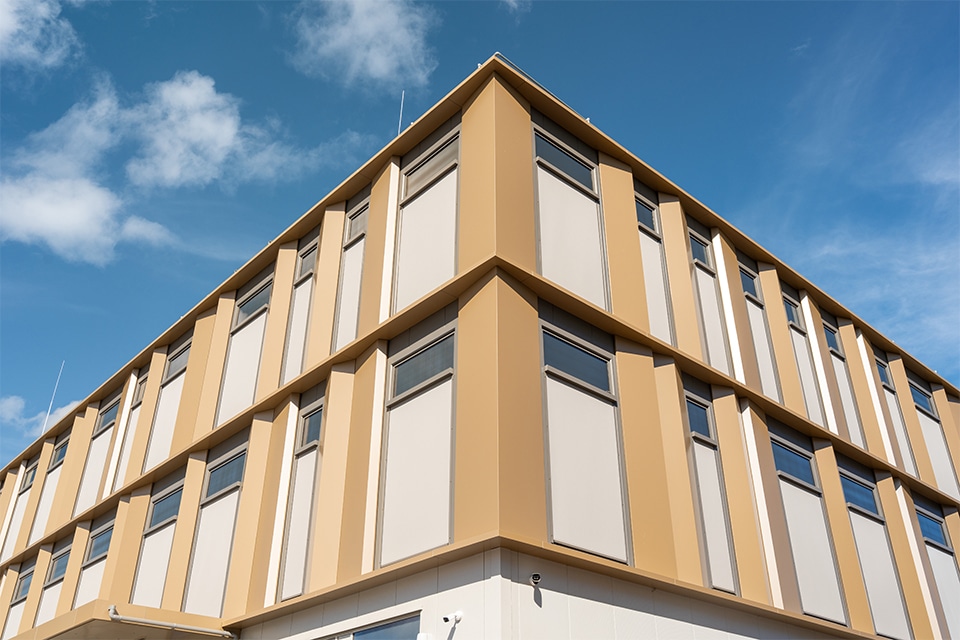
From 'ordinary' to multifunctional roofs
5,000 m2 roof garden at headquarters of De Nederlandsche Bank
idverde Realisatie created five roof gardens on the transformed headquarters of De Nederlandsche Bank in Amsterdam. A great example of nature-inclusive and future-proof building within an urban environment. Meanwhile, this project has also been nominated for Roof Garden of the Year 2025 (Roofs).
The total roof area of the building is 17,000 m2, and of this, the roof gardens collectively cover about 5,000 m2. The project initially involved the creation of four roof gardens and sedum vegetation on various perimeters and patios: The Beacon on the sixteenth floor, the Walking Garden on the third floor, the East patio on the second floor and the semi-public West patio on the first floor. These were later joined by a sedum-vegetation roof garden on the Atrium. Senior project manager Diederick Pruijsen is very proud of the final result: "It is a special building and renovation projects always bring additional challenges compared to new construction projects, for example," he says. "In terms of available building heights and logistics, especially given the location and height of the building, it was not always easy. Nevertheless, we were able to achieve an optimal result here."
Nature-inclusive building starts at the drawing board
"The design of the roof gardens was made by Mecanoo. We were then asked by idverde Realisatie to help think about the optimization and realization of the roof gardens. Thanks to our integral approach, we can advise on smart, future-proof choices based on our experience right from the design phase. Think of the adjustment of materials, dimensioning, planting choices for more biodiversity and other optimizations," says Pruijsen.
Sustainability as a starting point
In addition to Mecanoo and an ecologist, idverde Realisatie collaborated in maximizing biodiversity on the roofs. "From that came several initiatives: a planting plan with as many native species as possible, insect hotels and bringing back a deforested cut elm on the West patio - as food for insects and soil life," says Pruijsen. "We are always looking at how we can do more than the standard and are also happy to present alternative options that can ultimately contribute to a better end result."
Maintenance as the key to continued success
''Roof gardens not only make cities greener, but also healthier, more livable and climate resilient," Pruijsen says. "This project shows perfectly how powerful that contribution can be." The success of a roof garden does not end with its construction. Proper maintenance is essential to achieve and maintain the goals in terms of biodiversity, plant outgrowth and appearance at the desired level.
Only with proper care and monitoring can these kinds of green spaces optimally maintain and enhance their ecological value. A point of attention that should be standard on the agenda of every roof garden project.




